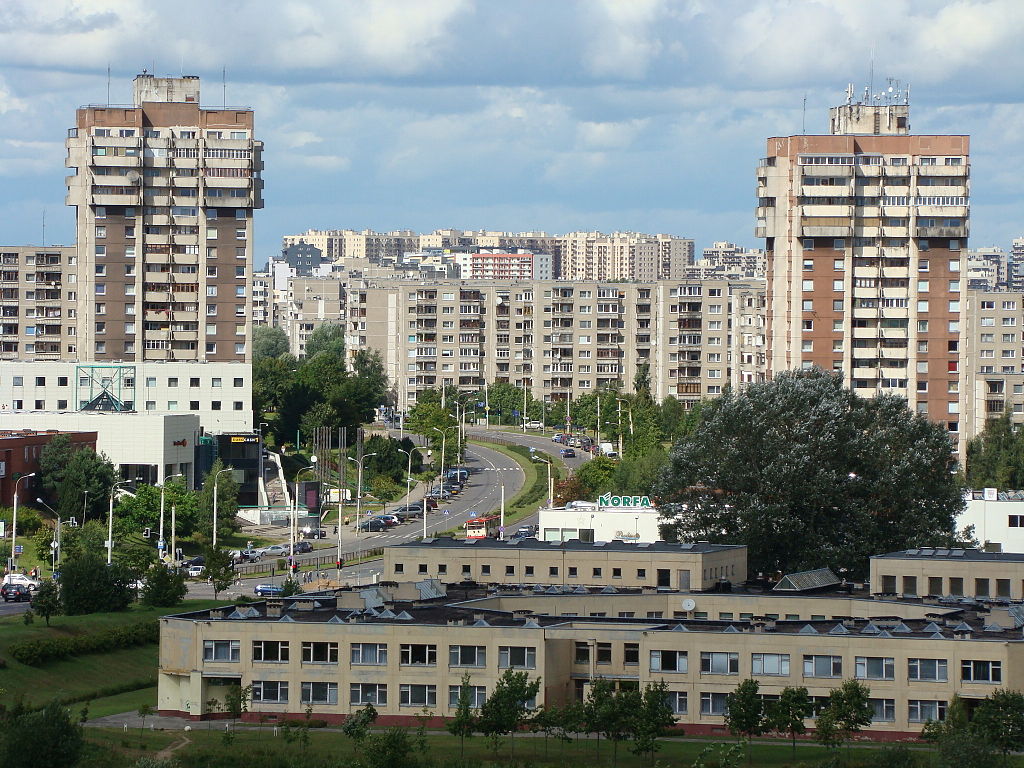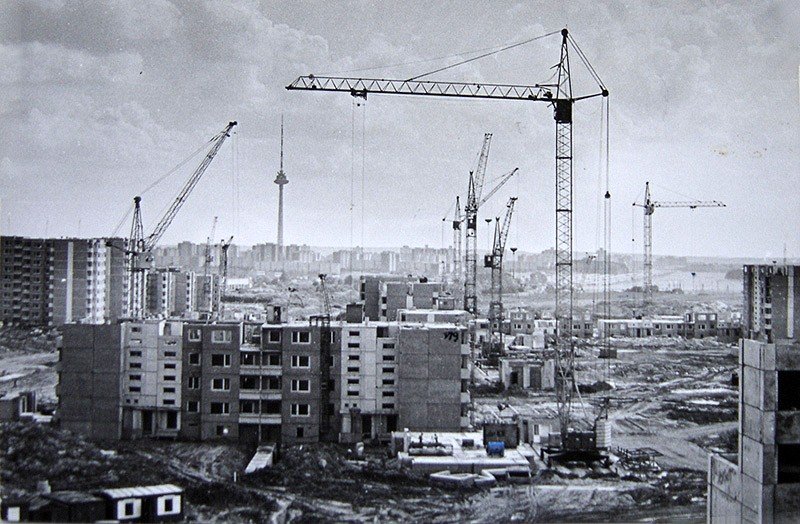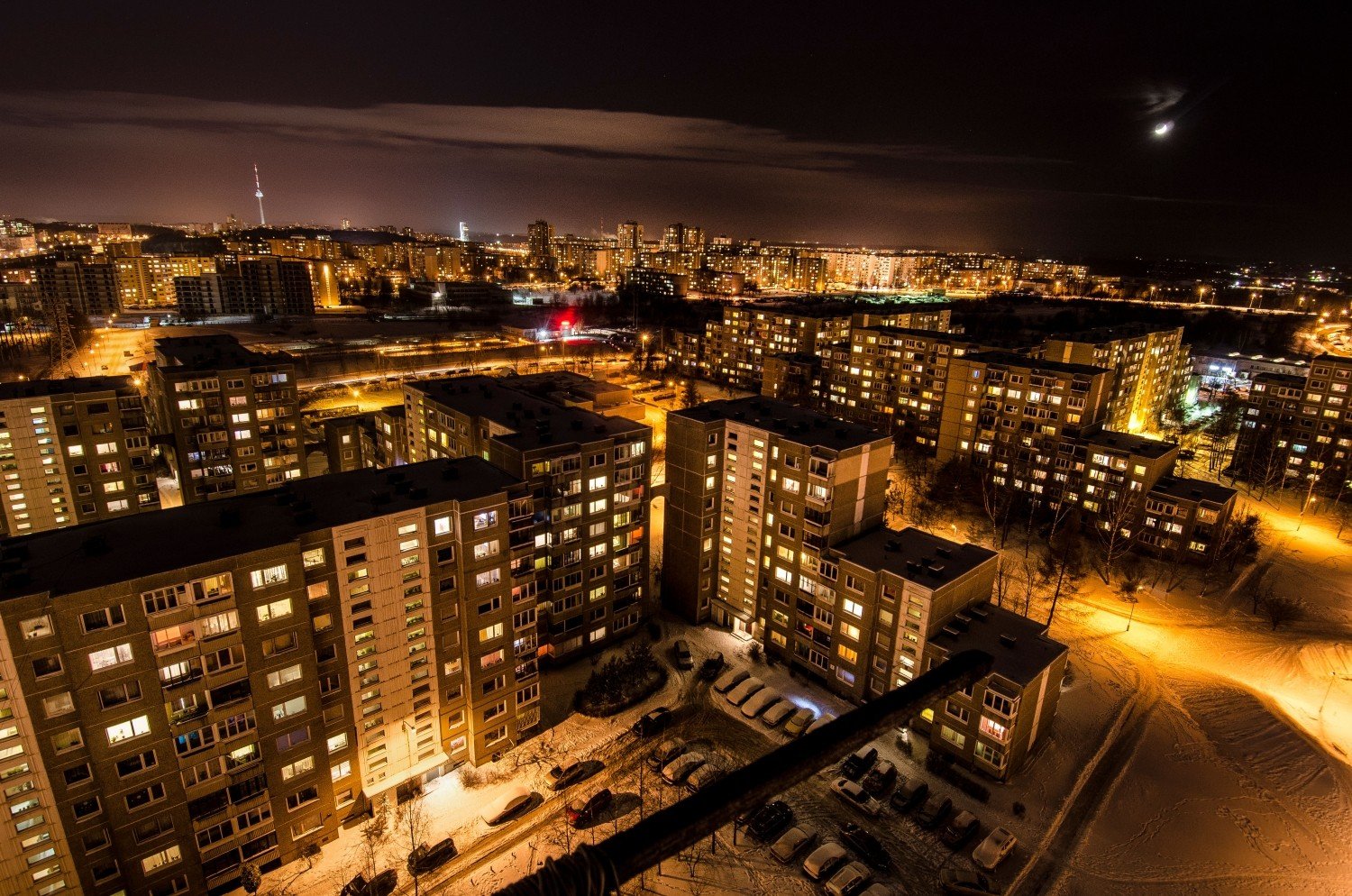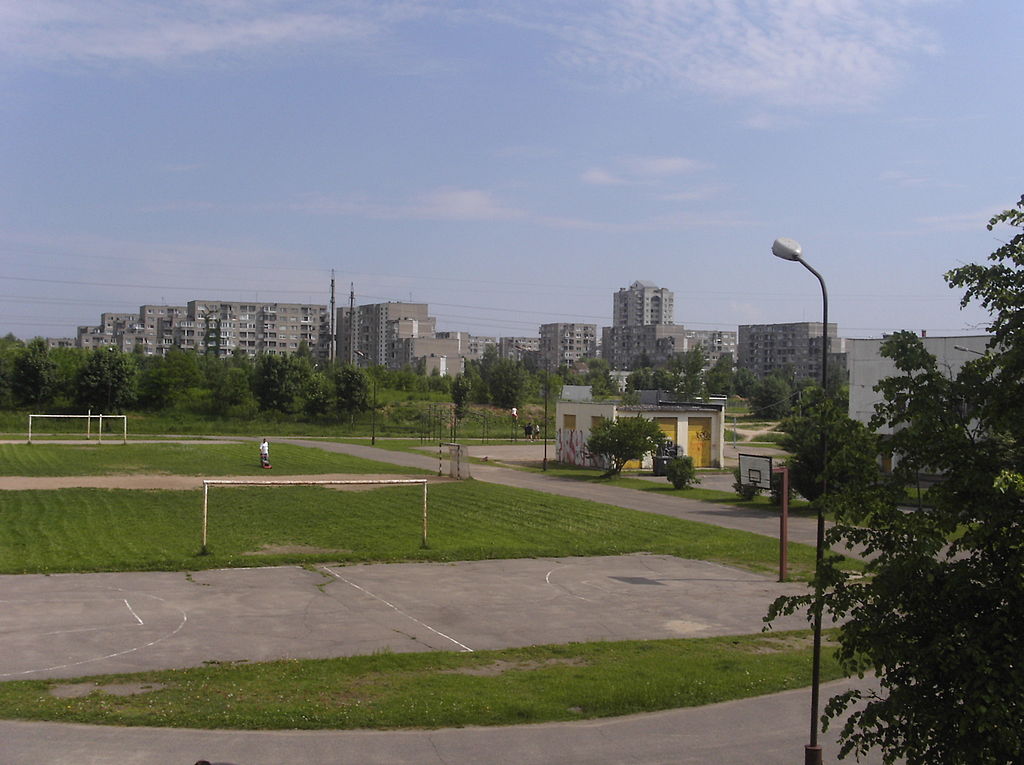You can read in detail about the history, architecture and other attractions of Vilnius in the book "Sightseeing around Vilnius: micro-districts of the city". This is a publication about almost 60 areas of Vilnius. Information is provided about 21 boroughs of Vilnius (Antakalni, Fabijoniškes, Grigiške, Justiniške, Karoliniške, etc.) and smaller areas belonging to them. The texts of this book are mainly summaries of publications prepared using the works of various authors who wrote about Vilnius. They are indicated in the bibliography accompanying each text. The publication is illustrated with today's photos and old iconography, preserved in Lithuanian museums and libraries. The book is intended for schoolchildren and anyone interested in the city.
Vilnius is always different - romantic in the streets of its old town, dreamy in Vilnius In Užupi, reaching cloud in Šnipiškės, windy Fabijoniškės, mysterious Markučiai... Vilnius hides so many secrets and undiscovered places. Let's look around Vilnius together.
Justiniškės and Pashilaičiai
Justiniškės is a typical bedroom Vilnius region, started to be built in 1982. The micro-district grew out of two villages - Lužia and Justiniškii. It was in the village of Justiniškii that the manor called "Justinuvka" was located, which gave the name to both the village and the microdistrict. The old residents of Justiniškii still remember that in the early XNUMXs, when the new micro-district still had rustic houses, cows grazed, and old gardens grew.
Current Justiniškės have little to do with their rural history. The microdistrict was created according to a typical project used in many places. Everyone apartment buildings here they are located near the main streets, so without any difficulty the nearest one public transport the station can be reached from the house in just a few minutes. For the first time, specially designed houses for Justiniškės were installed in this micro-district - screens that were supposed to protect residential areas from traffic noise. Although in terms of area, this district is small - only 2,98 square meters. km - twice as many people live in it as in other micro-districts of the capital covering a similar area. Dec 9 a fountain was built in the middle of the micro-district, it was preserved and reconstructed with the efforts of the community, and a comfortable recreation area was created around it. Justiniškės is also home to one of the most prominent architectural objects in Vilnius - it was built in 1996. a complex purpose building with a dynamic cylinder was built. However, not all of Justiniškii's history is covered with concrete. Passers-by looking around in Justiniškės can find wooden sculptures, a fountain, there are two ponds on the edge of the micro-district, and in the old Justiniškės cemetery, the graves of the residents of the surrounding villages are still preserved with still legible tombstone inscriptions.
Pasilaičiai microdistrict is a little younger than Justiniškės, but its history is quite similar. Pashilaičii also grew from a small village. XNUMXth-XNUMXth centuries on the site of the current microdistrict, there was a village of the same name with less than a hundred inhabitants. Even today, walking through the streets of the microdistrict, you can see the trees of the old country houses or the preserved avenue of trees of the road that was once here.
During the expansion of Vilnius, 1980 a new General Plan was approved, according to which in 1985 the current Pasilaičiai residential microdistrict was formed. One, smaller part of the territory was designated for monolithic houses. It was designed by architects A. Lėckienė, D. Ruseckas, J. Maknienė, J. Šeibokas and others. The houses in this area were arranged in a plain and built in a checkerboard pattern. The other, larger part of the Pašilaičiai territory was designated for large flat houses. The whole micro-district is designed on the basis of three rings: the main traffic is formed around them, and in the middle there are quiet pedestrian spaces inaccessible to cars. The largest streets of Pašilaičiai - Žemynas, Medeinas and Gabijas - are named after Lithuanian goddesses and symbolize earth, water and fire. Schools established in Pashilaičiai have the same names.
There is a lot of greenery in Pashilaičiai. Residents who love nature can take a walk in the woods, admire the "Unity of Nations" park, which was started to be planted in 2010. and intended to honor the memory of Polish President Lech Aleksander Kaczynski with oak trees, to visit Ugnija Square, where various community celebrations are held every year, and to swim in Gineitiški Lake on a hot summer day.
Interesting statistics:
- There are 289 apartment buildings in Justiniškės;
- Justiniškės started to be built in 1982;
- About 31 inhabitants live in Justiniškės;
- The area of Justiniškii is 2.98 km²;
- There are currently 6 schools and 8 nurseries-kindergartens in Justiniškės.
- Pashilaičiai is a former village near Vilnius. It had 89 inhabitants;
- As the city expanded, in 1987 built microdistrict;
- There are 5 trolleybuses, 5 ordinary and 2 fast bus routes running to Pashilaičius.
- There are currently 4 schools and 5 nurseries-kindergartens in Pashilaičiai.
- About 26 inhabitants live in Pashilaičiai;
- The area of Pashilaičiai is 8.2 km²;
For your attention, the electronic version of the publication:





